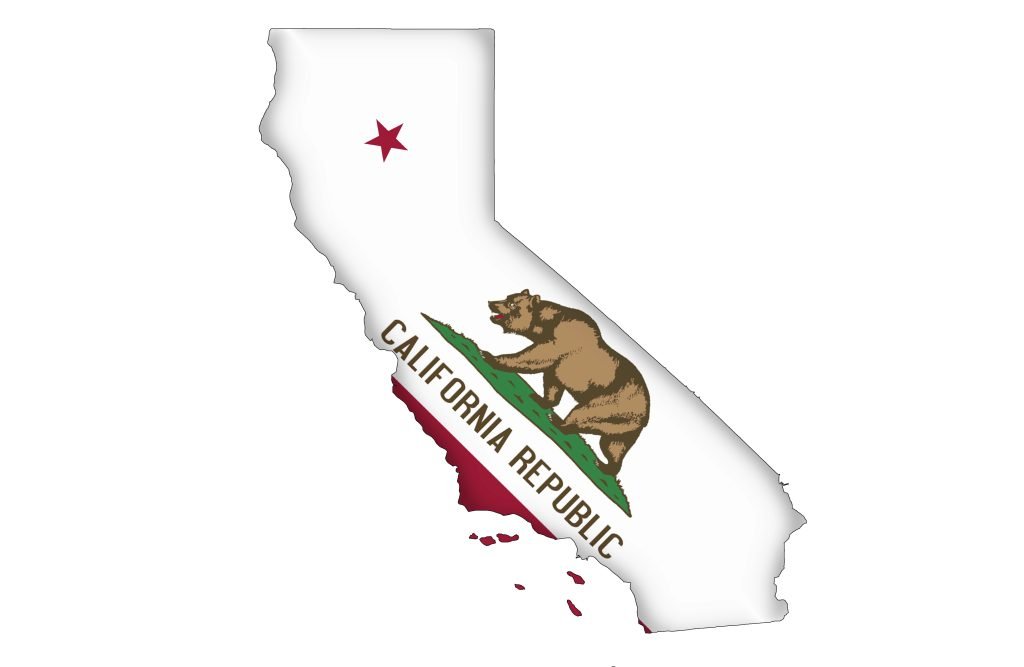October 28, 2010
Colombo, Sri Lanka
In ancient Sanskrit, the name means “venerable island,” and the Arabs used to refer to it as “Serendib” for serendipity. Sri Lankans tend to agree– they find their small island of 20 million to be littered with good fortune, and many foreigners will concur.
Sri Lanka is perhaps most famous for its multi-decade civil war between government forces and the separatist Tamil group, which comprises about 10% of the island’s population. The war was long and bloody with both sides carrying on vicious extermination campaigns involving large groups of civilians.
In 2009, the government of Sri Lanka finally declared an end to the war against the Tamils after successfully neutralizing the opposition’s leadership. Left without a cogent head, the Tamils capitulated and the entire country endeavored to rebuild its war-torn economy.
(enthused by the news, international investors bid Sri Lanka’s stock market up by over 100% in 2009; P/E valuations are now in the mid-20s and dividend yields around 1%… not exactly a screaming buy…)
For years, textiles and agriculture dominated the economy, particularly the production of rubber, cinnamon, tea, coffee, grains, and ganja– hey, it’s for medicinal purposes…
The country is now feeling the effects of significant inflation, however, no doubt the result of its policy to keep its currency cheap against the US dollar. Its exports may be strong, but Sri Lanka is importing inflation from the US courtesy of quantitative easing, and locals on the ground are feeling the pinch.
The Sri Lankan rupee has remained artificially suppressed against the dollar while agricultural commodity prices have been steadily rising in dollar terms. This makes food more expensive to locals in Sri Lanka.
To give you an example, prices for staple food items like coconuts have risen by 30% in the last two months, sparking calls by the left-leaning government to control prices and regulate consumer behavior.
We all know that these sorts of policies never end well– price fixing causes production inefficiencies because farmers aren’t able to grow their crops profitably. This eventually forces many producers to go bust, thus reducing supply and eventually leading to shortages and even higher prices.
As we have seen many times in the last few years, food riots are just a half-step behind food shortages… and when there are widespread food riots in the world, I’m convinced that the currency wars will come to a screeching halt.
In the interest of self-preservation, developing nations’ governments will respond to the riots with a coordinated effort to dump the dollar and export inflation right back to the United States. This is no cause for panic, but it should give anyone holding dollars a reason to get prepared… more on this in the future, for now, let’s get back to Sri Lanka:
The other thing that’s really interesting about this place is the security culture. Troops are everywhere here, I’ve lost count of how many different types of military and paramilitary forces there are.
It turns out that for such a small country (20 million people), Sri Lanka has a pretty huge military numbering over 230,000. That’s about 11.5 troops per thousand population. By comparison, the US has 9.78 troops per thousand, 6.91 in the UK, 5.5 in China, 5.47 in Canada, and 2.06 in India.
In other words, there’s a soldier around every corner in Sri Lanka… and with no Tamil militants to fight anymore, the government has them doing everything from painting rocks to directing traffic. It’s an unconscionable waste of taxpayer dollars, and one I hope is phased out quickly.
Colombia is going through similar growing pains; now that the FARC has been effectively subdued, the country is struggling with its efforts to demobilize both its military as well as its national psyche. You don’t fight a multi-decade civil war and not walk away with a hefty military and a lot of emotional baggage… same deal in Sri Lanka.
While it will take some time, though, I’m convinced that Sri Lanka will work its way out of its post-war problems– the culture is incredibly opportunistic and pioneering.
During the war, many Sri Lankans left to seek education and employment overseas. Remittances became a significant portion of the economy (totaling $3.3 billion in 2009). Now that the war is over, many of the expatriates are coming home, and they’re bringing their savings and international skills with them.
This is a long-term bullish trend for a dynamic economy that is now enjoying a new peace.
The last thing I want to mention about Sri Lanka is the lifestyle. It’s cheap… almost as cheap as India but substantially more developed. The average GDP per capita in Sri Lanka is twice that of India, and it shows– the infrastructure is in better condition, the environment is much cleaner, and extreme poverty pales by comparison.
It also costs nothing to stay here– the 1,500 square foot, 3-bedroom luxury apartment I’m renting goes for about $1,200 per month including utilities. You’ll be hard pressed to spend $15/plate when going out to eat, and quality medical care is some of the most cost effective in the world.
You may also be pleased to hear that English is widely spoken with strong fluency, and the country is indescribably beautiful.
Over the next few days I plan on attending a national investment conference where I should have the occasion to hobnob with central bankers and a few ministers. They’re really trying to roll out the red carpet for foreign investors by demonstrating a “Business First” attitude in Sri Lanka.
These events are usually just political hot air, but I’ll let you know if I find anything interesting.







